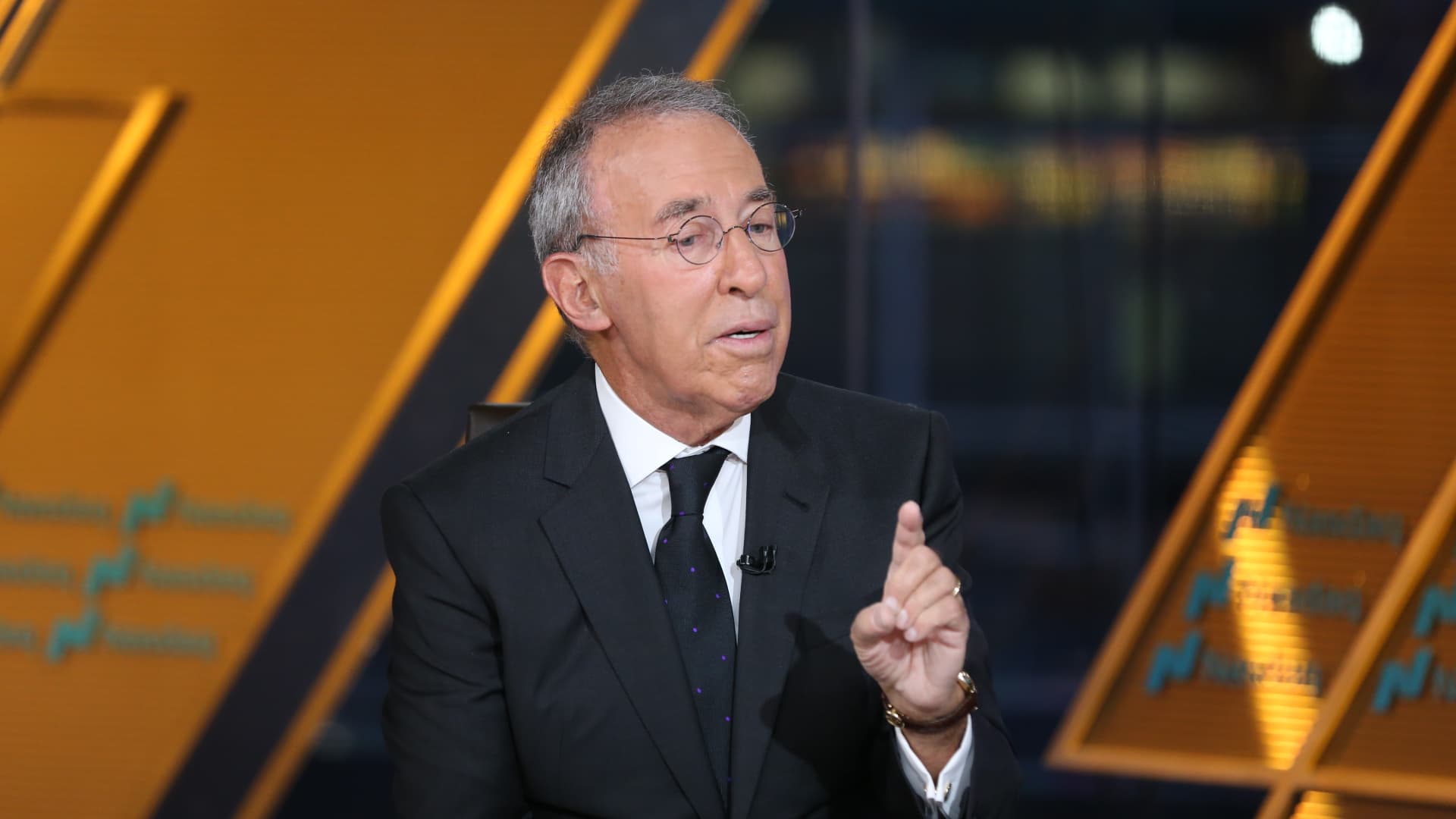Is Your Retirement Plan Crisis-Proof? Most Aren’t. Here’s How to Check
:max_bytes(150000):strip_icc():format(jpeg)/GettyImages-2211885028-0caf2c4aaf9545b2963a5e4e37adea21.jpg)
:max_bytes(150000):strip_icc():format(jpeg)/GettyImages-2211885028-0caf2c4aaf9545b2963a5e4e37adea21.jpg)
Pixdeluxe / Getty Images
You might have a retirement plan. But is it built to survive a crisis? According to Allianz, 62% of Americans worry a future national or global crisis could derail their retirement—but only 46% have actually accounted for those risks in their plan.
If your strategy hinges on stable markets and predictable outcomes, it may be time to stress-test your future by ensuring you’re properly diversified, factoring risks that are often overlooked, and employing flexible tools to give you options during times of need.
Key Takeaways
- A crisis-ready retirement plan is diversified across income types, taxes, and time horizons.
- Don’t forget to take into account often-overlooked risks, too, such as long-term care, inflation, and changes in tax policy.
- To further ensure your strategy is resilient, annual stress testing and flexible income tools can protect your plan when life doesn’t go to script.
1. Start With Three Dimensions of Diversification
A crisis-proof retirement plan doesn’t rely on just one investment or one income stream. Carlie Ransom, co-founder of Equal Path Investments, explains that the strongest strategies utilize three main forms of investment diversification: time horizon, tax treatment, and asset class. She recommends mixing both fixed and variable income sources—such as Social Security, annuities, rental income, dividends, and bond ladders—so you can draw income from different buckets depending on market conditions.
“When a plan is properly tax-diversified, the impact of rapidly changing tax laws becomes less of an issue,” Ransom adds. That might mean balancing pretax, Roth, and taxable accounts now so you aren’t cornered by higher tax rates later.
2. Factor In the Risks That Most People Miss
Your plan might already account for market volatility—but that’s not the only threat. “I see clients consistently underestimating healthcare costs and long-term care needs,” Ransom says. “These can easily derail even well-funded retirement plans.”
Someone turning 65 has an almost 70% chance of needing long-term care at some point in the future, and the costs can quickly pile up. In the United States, the average cost for a private nursing home room is about $127,750 each year. “Not everyone wants to be forced into [state-assisted care],” Ransom says, so building in long-term care options—whether through insurance or self-funding—is key.
Ransom also flags longevity risk and unexpected life transitions—like losing a job in your 50s or caring for an aging parent—as critical blind spots. Inflation and tax law changes are another major threat, especially for those with concentrated portfolios or fixed incomes.
3. Use Flexible Tools To Stay Nimble
You can’t predict the next crisis, but you can prepare for one. To build some flexibility into your plan, Ransom recommends a number of tools, such as bond ladders, which are less vulnerable to big price swings than individual long-term bonds and fixed annuities, which can help cover essential expenses. She also suggests considering hybrid life insurance with long-term care riders for more predictable funding in the event you do need long-term care.
But above all, keep your options open. “I’ve met both clients and advisors who believe they are anti-stock market, or anti-annuity, or anti-long-term care insurance, anti-going-back-to-work, but in reality, being diversified beyond one approach leads to the most resiliency,” Ransom says.
4. Review and Stress-Test Your Plan Regularly
Think of your retirement strategy as a living document—not a set-it-and-forget-it plan. Annual reviews should include stress-testing different scenarios, like early retirement due to health issues, extended market downturns, or significant changes in tax policy, Ransom says.
If you’ve recently inherited money or are considering retiring early, take a moment to really think through your options. “$750,000 or $1 million sounds like a giant number…but this amount is too small for many households,” Ransom says, especially without pensions or substantial Social Security.
Instead of seeing retirement as a finish line, she advises clients to explore phased retirement or part-time work that keeps them engaged and financially stable.
Note
Nearly half (47%) of Americans say they don’t have a written financial plan at all, according to Allianz. That means even if you’ve saved for retirement, your money might not be protected against critical risks, especially if you have any blind spots.
The Bottom Line
Crisis-proofing your retirement plan isn’t about doom and gloom—it’s about durability. Diversify your income streams, build flexibility into your withdrawal strategy, and don’t ignore risks like taxes, inflation, or long-term care. You can’t plan for every crisis, but with the right foundation, you don’t necessarily need to.









